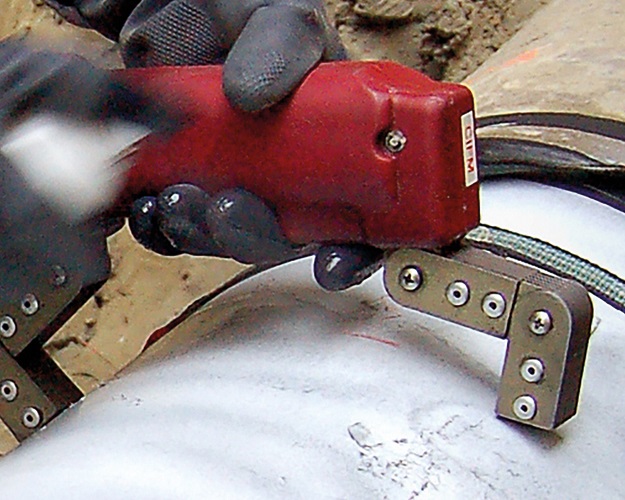
Magnetic particle inspection
Magnetic particle inspection (MPI) is a non destructive testing method which allows cracks or faults to appear, emerging or close to the surface. This technique only works on ferromagnetic material.
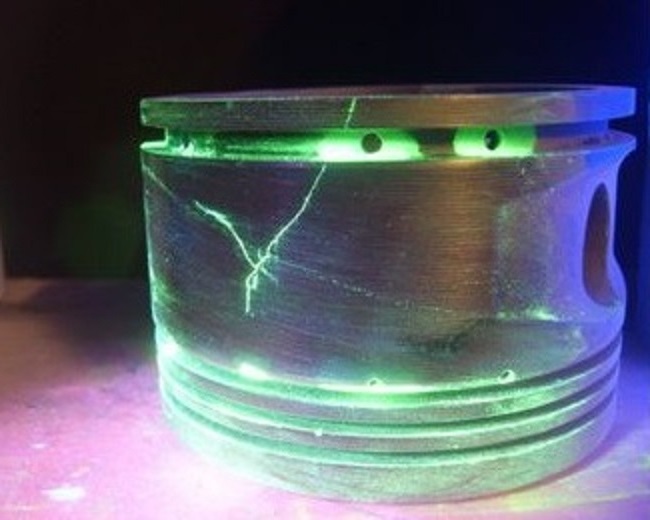
Dye penetrant inspection (DP)
This method highlight cracks on any metal. Penetrant testing is a non destructive testing method widely used in aeronautics, the energy production industry and transport.
dimensional and visual tests
Visual inspection highlight the presence of obvious defects such as bends, breaks, wear, corrosion or open cracks. It also allows you to see the surface characteristics, the condition of the surface and its color.
Technic inspection
ECW is responsible for monitoring maintenance, manufacturing or assembly operations on behalf of a customer. We represent the technical and economic interests of the latter to manufacturers, suppliers, service providers and subcontractors. We have acquired know-how in expertise, welding, quality, supervision cathodic protection, rotating machines ... and work with the main international codes such as API, ASME, CODAP, ...
Visual / dimensional inspection
Our inspectors ensure that the welds are free from defects according to the criteria of the applicable standards. They also check that the dimensions of the welds correspond to the reference drawings. The visual inspection also consists in verifying the different dimensions of the assemblies in production. The distance between the holes, the position of the parts, the right choice of profiles, the flatness of the webs, etc.
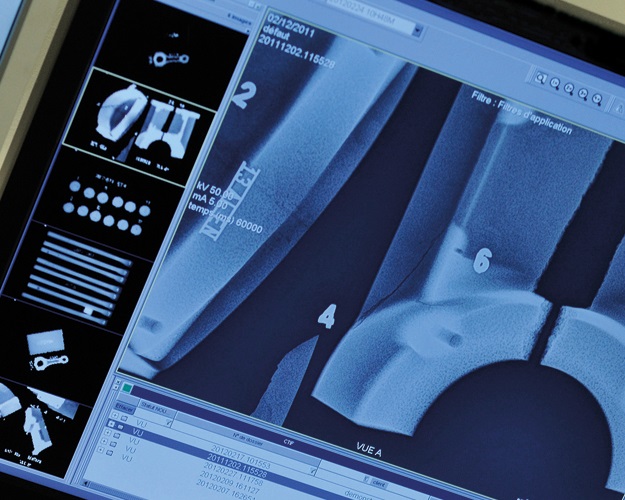
Conventional and digital radiography
Radiography makes it possible to carry out a non-destructive test on different types of materials and to highlight internal defects, for example blisters, porosities, shrinking or internal cracks in the part.

Ultrasound & TOFD phased array
Ultrasonic testing is a non destructive testing method for detecting faults inside a material. Ultrasonic testing is based on the transmission and reflection of ultrasonic waves inside a material. The principle of TOFD control is to exploit the diffraction phenomena generated by the edges of the defects. It allows not only the detection of faults in welds but also to determine the height of faults.

Acoustic emission
Acoustic emission (EA) is a release of energy in the form of transient elastic waves which accompanies an evolutionary process. This phenomenon is exploited in non destructive testing (CND) to follow the propagation of faults in structures subjected to stresses. mechanical, chemical or other types. Acoustic emission can be used to detect a large number of degradations affecting materials and structures.
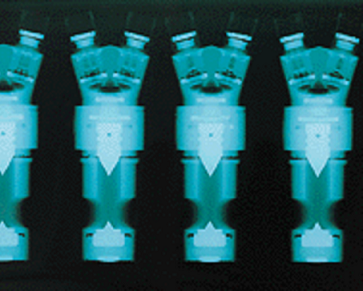
[FR] Neutronographie
Neutronographie is a non destructive testing technique whose principle is similar to that of X-ray radiography but which uses neutrons as a source of radiation.
Innovations
ECW has an advanced technical studies service supported by highly qualified technicians and a cooperation agreement with specialized study centers. This service develops innovative and efficient techniques in order to provide unprecedented answers to the specific challenges of controls.
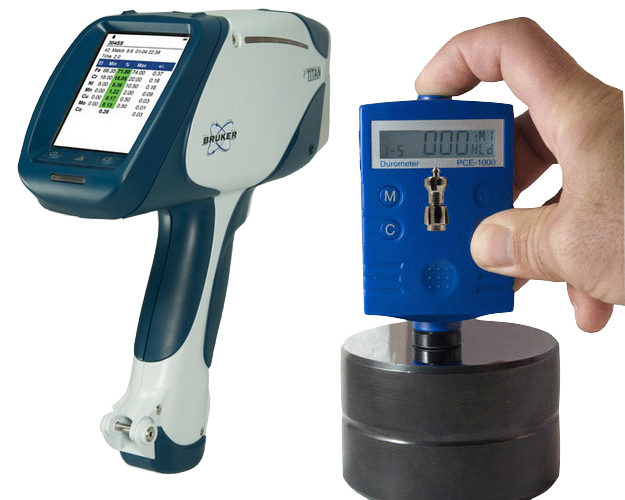
Others: Sealing, hardness, PMI, ...
PMI Positive Material Identification, a non destructive testing technique, which measures the amount of alloying chemicals in a metal. The hardness of a material defines the resistance that a surface of the sample opposes to the penetration of a punch. Generally, rebound or penetration tests are used to characterize the hardness of metals, plastics and elastomers.